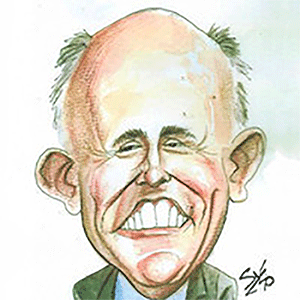Save ahead for medical expenses in retirement with an HSA
Published in Health & Fitness
Paying for health care can be challenging before and after retirement. One way to save ahead for medical expenses in retirement is by contributing to a health savings account (HSA) before you enroll in Medicare. These accounts offer a triple tax benefit because contributions are made pre-tax (or are tax-deductible if you contribute after-tax), your contributions grow tax-free, and withdrawals are tax-free when used for qualified medical expenses.
After age 65, you can withdraw funds for any non-medical reason without a penalty; the withdrawals will simply be taxed as ordinary income, similar to a traditional IRA.
The limits below determine if your health plan is eligible to be paired with an HSA.
The catch-up contribution is available to an individual who is age 55 or older by the end of the tax year and is not enrolled in Medicare. If both spouses are 55 or older and not enrolled in Medicare, they can each contribute the $1,000 catch-up amount, but they must do so in separate HSA accounts.
Here are the official contribution limits, minimum deductible and maximum out-of-pocket limits for an HSA-qualified high deductible health plan (HDHP) in 2026:
Self-only
Family
HSA catch-up contribution
Tip: You can use HSA distributions to reimburse yourself for your Medicare Part B and D premiums, co-pays, deductibles and coinsurance. However, Medigap premiums aren’t considered qualified medical expenses and would be subject to income tax.
(Donna LeValley is a retirement writer for Kiplinger.com.)
©2025 The Kiplinger Washington Editors, Inc. All rights reserved. Distributed by Tribune Content Agency, LLC.










Comments